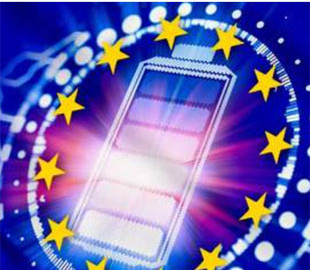
European Union adopts new regulations to become independent from Asia by increasing battery production and recycling.
Electric cars, bicycles and scooters , as well as smartphones, tablets and computers: batteries are now everywhere, they surround us and silently enter our everyday life. But above all, they are the key to moving away from fossil fuels.
Therefore, Europe seeks to become independent from Asia, the continent that today supplies most of the raw materials and finished batteries. The two latest EU initiatives are designed to regulate the battery market and the Critical Raw Materials Act.
From production to recycling
The first initiative – this is a resolution that was finally approved in July 2023 and entered into force last February. The document provides for a number of rules covering the entire life cycle of batteries: from production to recycling, including initial and re-use.
The goal is to provide safe, durable and competitive batteries. The rules also apply to all types of batteries: those used in vehicles, electronic devices, industry and starting, lighting and ignition systems.
The Battery Regulation is based on minimum targets that manufacturers must meet to collect waste (ie end-of-life batteries): 63% by 2027 and 73% by 2030. The standards are 51% by 2028 and 61% by 2031 for car batteries.
There are also lithium recovery targets (50% by 2027 and 80% by 2031) and minimum levels of recycled content that must to match the battery: 16% for cobalt, 85% for lead, 6% for lithium and 6% for nickel. For nickel-cadmium batteries, the goal is 80% by 2025.
The provision, in particular, provides for the possibility for the user to remove and replace the batteries of the devices. Then there are performance, durability and safety criteria, as well as restrictions on hazardous substances such as mercury, cadmium and lead.
Finally, there are requirements for labeling and information about ingredients and recycled content. The “electronic passport of the battery” also appears; and QR code.
Recipe for addiction
The second initiative – the law on critical raw materials (ZRK). It aims to ensure a safe and stable supply of minerals useful for the transition. As such, it lists raw materials (34) and strategic materials (17) and sets benchmarks to cover annual raw material consumption.
It also talks about simplifying permits: a maximum of 27 months for mining projects and 15 months for processing and transformation projects. "In order to facilitate the development of strategic projects, the European institutions determine that Member States will establish single points of contact at the appropriate administrative level and at the appropriate stage of the value chain of critical raw materials".

